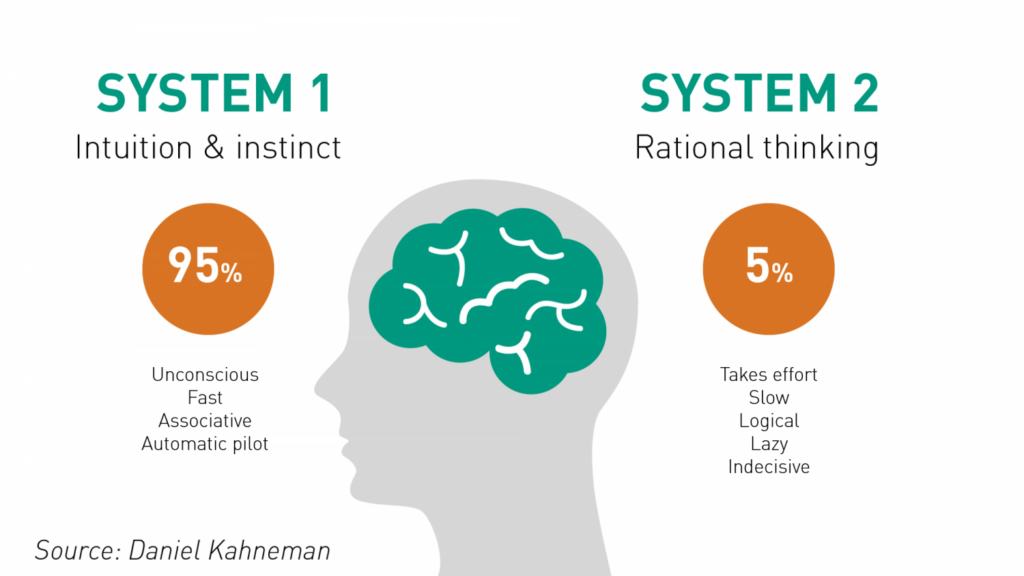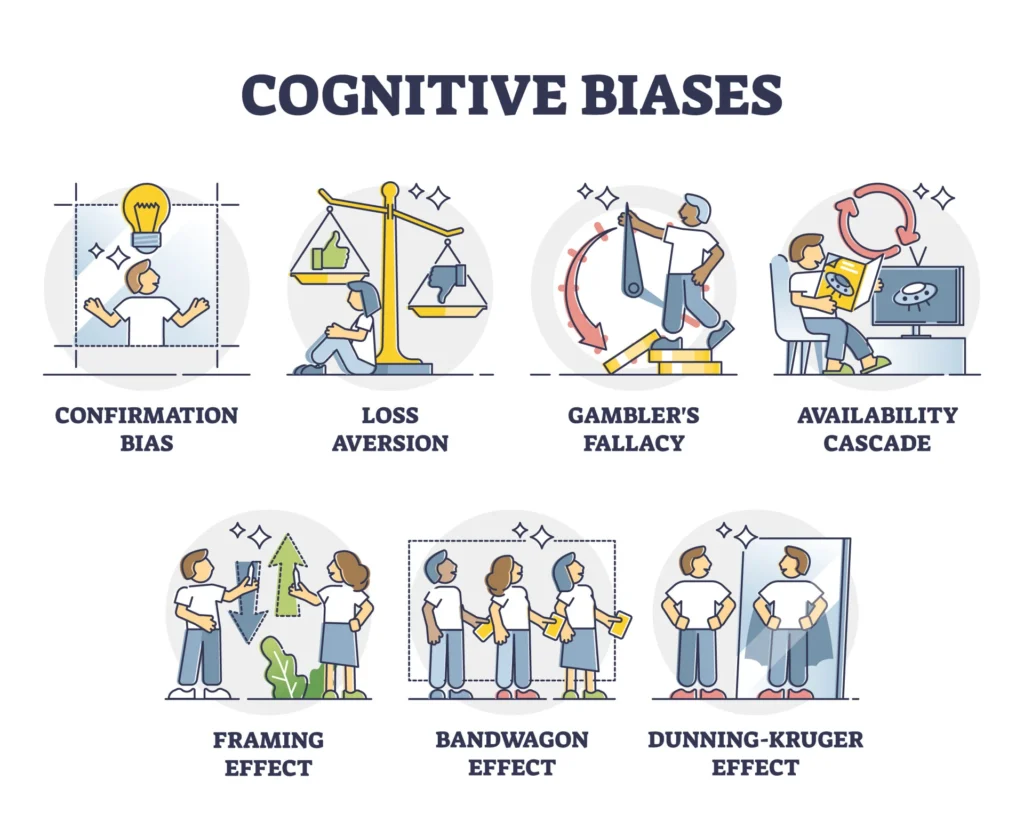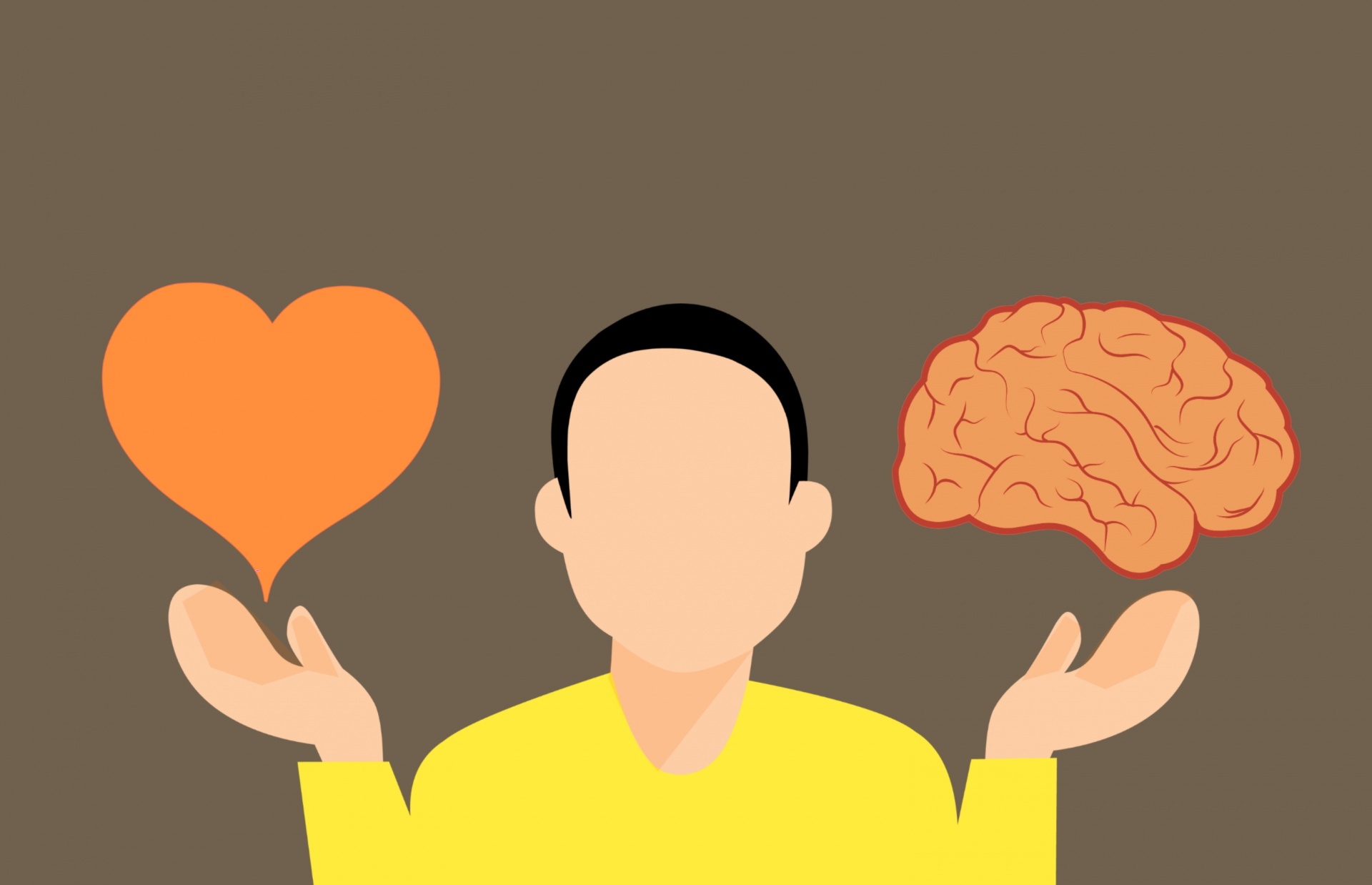In our daily lives, we are constantly faced with decisions—ranging from simple choices like what to have for breakfast to complex life-altering determinations such as career changes or investments. Understanding the science behind decision-making can empower us to make choices that lead to more fulfilling and successful outcomes.
The Dual Systems of Decision-Making
Psychological research suggests that our decision-making processes are governed by two systems:
- System 1: This is our intuitive, fast, and automatic mode of thinking. It relies on heuristics and is often influenced by emotions and subconscious biases.
- System 2: This system is analytical, deliberate, and logical. It requires conscious effort and is employed for complex decisions.

A study published in the Journal of Behavioral Decision Making highlights that while System 1 allows for quick decisions in familiar situations, System 2 is crucial when facing novel or intricate problems.
The Role of Data in Decision-Making
Incorporating data into our decision-making can significantly enhance the quality of our choices. Data-driven decisions are informed by empirical evidence rather than intuition alone. According to Harvard Business School, organizations that leverage data are three times more likely to report significant improvements in decision-making compared to those that rely less on data.
For instance, consider the following table illustrating the impact of data-driven decision-making on business performance:
| Metric | Data-Driven Organizations | Non Data-Driven Organizations |
|---|---|---|
| Revenue Growth | 15% increase | 5% increase |
| Operational Efficiency | 20% improvement | 8% improvement |
| Customer Satisfaction Ratings | 90% positive | 75% positive |
Source: Harvard Business School Online
Cognitive Biases: Hidden Influencers
Despite our best efforts to make rational decisions, cognitive biases can subtly influence our judgment. One prevalent bias is the framing effect, where the way information is presented affects our choices. For example, people might react differently to a treatment described as having a “90% survival rate” versus a “10% mortality rate,” even though both statements convey the same information.

Awareness of such biases is the first step toward mitigating their impact. Engaging System 2 thinking by critically evaluating information and considering alternative perspectives can help counteract these biases.
Strategies for Improved Decision-Making
To enhance your decision-making skills, consider the following strategies:
- Embrace Data Science: Utilize data analytics to inform your choices. Data science combines statistics, computer science, and domain expertise to extract meaningful insights from complex datasets.
- Develop Emotional Intelligence: Understanding and managing your emotions can lead to better decisions, especially under pressure. High emotional intelligence allows for greater self-awareness and impulse control.
- Practice Mindfulness: Mindfulness techniques can improve focus and reduce stress, leading to clearer thinking and better choices.
- Seek Diverse Perspectives: Consulting with others can provide new insights and help identify potential biases in your thinking.
- Reflect on Past Decisions: Analyzing previous choices and their outcomes can offer valuable lessons and improve future decision-making processes.
How to Make Better Life Choices
Making better life choices requires a combination of self-awareness, rational thinking, and strategic planning. Below are several methods to help guide you toward making more informed and beneficial decisions:
1. Define Your Core Values
One of the most important steps in making better life choices is understanding your core values. These are the principles that drive your decisions, such as integrity, freedom, or personal growth. When faced with a tough choice, ask yourself: Does this align with my values? If a decision contradicts your fundamental beliefs, it is likely not the right path.
2. Use the 10-10-10 Rule
Developed by Suzy Welch, the 10-10-10 Rule is a simple yet effective way to assess decisions. Ask yourself:
- How will this decision affect me in 10 minutes?
- How will it affect me in 10 months?
- How will it affect me in 10 years?
This method forces you to consider both short-term and long-term consequences, helping you make more balanced choices.
3. Avoid Decision Fatigue
Did you know that the average adult makes 35,000 decisions per day? (Baumeister et al., 2007). This leads to decision fatigue, where the quality of our choices declines as the day progresses. To combat this:
- Make important decisions early in the day when your mind is fresh.
- Limit trivial decisions by automating routines (e.g., meal prepping, choosing outfits in advance).
- Take breaks to recharge your cognitive energy.
4. Seek Advice but Trust Yourself
Consulting mentors, friends, or experts can provide new insights, but ultimately, the decision should be yours. Over-reliance on others may lead to choices that don’t truly reflect your goals and aspirations.
5. Embrace a Growth Mindset
According to Carol Dweck’s research, people with a growth mindset believe that they can improve their abilities through effort and learning (Dweck, 2006). This mindset helps in decision-making because it encourages adaptability and resilience. Even if a choice doesn’t lead to immediate success, it becomes a valuable learning experience.
The Positive Impact of Informed Decision-Making
Making well-informed decisions not only enhances personal and professional success but also contributes to overall well-being. By understanding the science behind our choices and actively applying strategies to improve them, we can navigate life’s complexities with greater confidence and clarity.
In conclusion, decision-making is a multifaceted process influenced by both intuitive and analytical thinking. By leveraging data, acknowledging cognitive biases, and employing deliberate strategies, we can make choices that align with our goals and values, leading to a more fulfilling life.
Feel free to explore more topics on Personal growth & Psychology.

